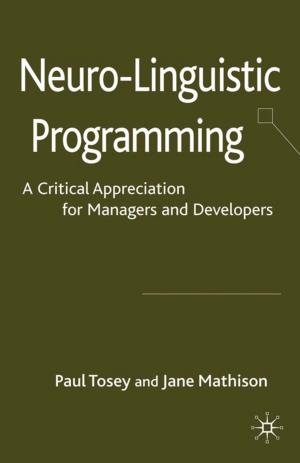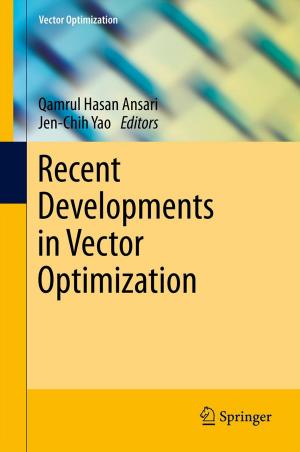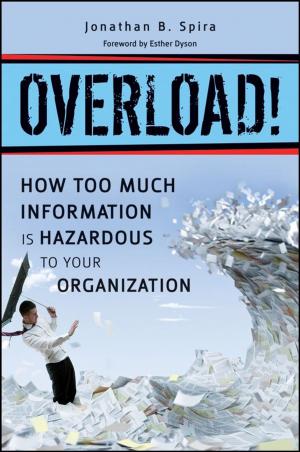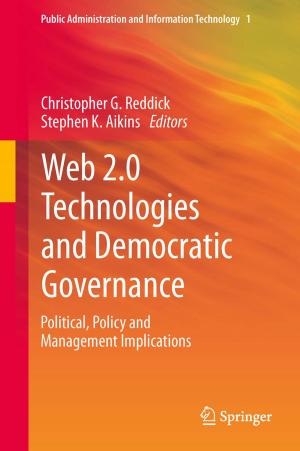Risk Analysis: Facilitating and Analysis Guidelines for Capital Expenditure Projects
Business & Finance, Management & Leadership, Management| Author: | Minnesh Kaliprasad | ISBN: | 9780463838105 |
| Publisher: | Minnesh Kaliprasad | Publication: | July 18, 2018 |
| Imprint: | Smashwords Edition | Language: | English |
| Author: | Minnesh Kaliprasad |
| ISBN: | 9780463838105 |
| Publisher: | Minnesh Kaliprasad |
| Publication: | July 18, 2018 |
| Imprint: | Smashwords Edition |
| Language: | English |
All endeavours involve some element of risk with the success or failure of any particular venture depending on how this element of risk is dealt with. This is no different in the projects environment where the primary key issues dealt with are meeting deadlines (schedule) and cost targets.
Very often, risk may be ignored altogether or dealt with in a rather superficial manner, for example adding ‘x’ % as a contingency amount or allowance onto the estimated cost of the project as a single line item in the cost estimate.
Whilst known that the greatest uncertainty rests in the earlier stages of a project, this is also the stage at which decisions having the greatest impact are made. The assessment of risk has to be appropriately allowed for in these stages. What is therefore needed is effective cost control.
As typical projects are the primary “vehicles” through which these business decisions manifest themselves, it is only fitting that risk analysis within the broader context of projects be given due consideration at all times.
In determining the feasibility of projects where capital investments are concerned, various methods are utilised. The focus of these methods is on returns, so it is often asked as to what extent any of these methods take the element of risk into account. The execution of the capital investment decision requires the decision-maker to evaluate and analyse the risks involved. It requires a systematic evaluation of capital investment proposals. Poor decisions in the project management context may have an enormous adverse impact on the profitability of an organisation, as decisions involving capital expenditure on projects usually cannot be undone totally.
This book seeks to investigate the current guidelines utilised for risk facilitating and risk analysis of cost estimates for capital expenditure projects in a typical projects environment. A “model” is also proposed whereby project risk management is incorporated into the cost estimating function, thereby attempting to bridge the disconnect between risk management and the cost estimating function which is fairly common on projects.
All endeavours involve some element of risk with the success or failure of any particular venture depending on how this element of risk is dealt with. This is no different in the projects environment where the primary key issues dealt with are meeting deadlines (schedule) and cost targets.
Very often, risk may be ignored altogether or dealt with in a rather superficial manner, for example adding ‘x’ % as a contingency amount or allowance onto the estimated cost of the project as a single line item in the cost estimate.
Whilst known that the greatest uncertainty rests in the earlier stages of a project, this is also the stage at which decisions having the greatest impact are made. The assessment of risk has to be appropriately allowed for in these stages. What is therefore needed is effective cost control.
As typical projects are the primary “vehicles” through which these business decisions manifest themselves, it is only fitting that risk analysis within the broader context of projects be given due consideration at all times.
In determining the feasibility of projects where capital investments are concerned, various methods are utilised. The focus of these methods is on returns, so it is often asked as to what extent any of these methods take the element of risk into account. The execution of the capital investment decision requires the decision-maker to evaluate and analyse the risks involved. It requires a systematic evaluation of capital investment proposals. Poor decisions in the project management context may have an enormous adverse impact on the profitability of an organisation, as decisions involving capital expenditure on projects usually cannot be undone totally.
This book seeks to investigate the current guidelines utilised for risk facilitating and risk analysis of cost estimates for capital expenditure projects in a typical projects environment. A “model” is also proposed whereby project risk management is incorporated into the cost estimating function, thereby attempting to bridge the disconnect between risk management and the cost estimating function which is fairly common on projects.















